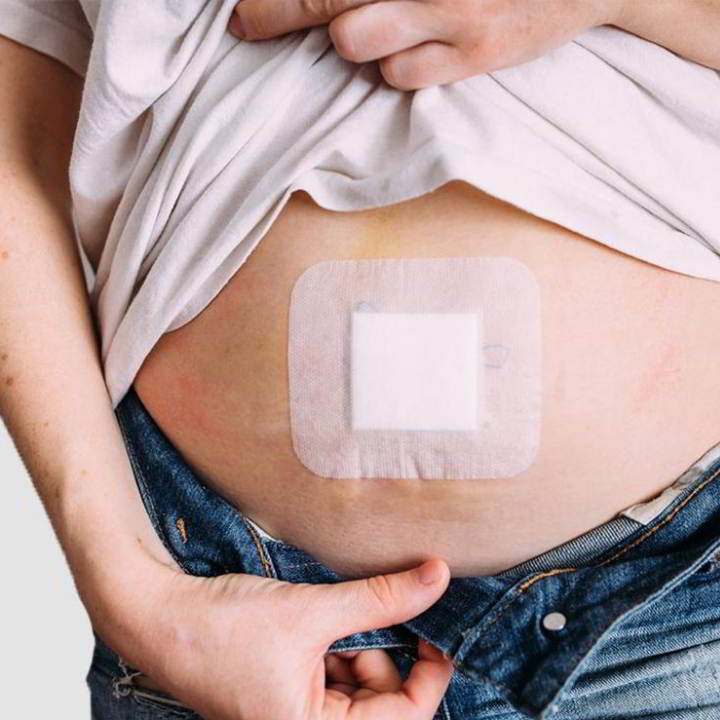Information
“You can judge the worth of a surgeon by the way he does a hernia.” (Thomas Fairbank, 1876–1961)
In the conventional (traditional) operation by incision and use of own tissues, the hernial sac is opened and the hernial content is pushed back into place and hernioplastics is done after elimination of sac. In this method tension of tissues results in the area, accompanied with discomfort, pain and longer recovery period (4-6 weeks), there is a big percentage of recurrences (15-30%).

There are numerous modifications of hernioplastics, with implantation of polypropylene prosthesis (polypropylene Mesh), known as tension-free technics of tissues („tension free technics”), recommended by us and in which the recurrences are under 3%.

In laparoscopic (bloodless) operation, by small apertures in abdomen wall, by microinstruments and under video control is done dissection in the hernia region and reduction of hernial sac. Polypropylene prosthesis (polypropylene Mesh) is placed inside the abdominal wall.

The advantages of laparoscopic operation are:
- intra-abdominal pressure favours the better fixation of mesh
- less post-operative pain, better comfort for the patient and quicker recovery
- allows visualization of non-diagnosed hernias
- method of choice in bilateral and recurring hernia


 On this page, you can change your choices at any time after you have read and understood our
On this page, you can change your choices at any time after you have read and understood our